Homeowner Newsletter: Summer 2020
©2020 Jeffrey C. May & Connie L. May
Like many of us, you may be spending more time at home during this pandemic. The air in your home may contain allergens like mold spores, bacteria clusters, and dust-mite fecal pellets; irritants like fragrances and soot particles; or contaminants like gas or oil fumes. These substances present exposure threats that could damage your health. There are some relatively simple steps you can take to reduce sources of contaminants, allergens, and irritants in your home.
Since hot weather is about to arrive (at least in New England where I live), let’s start with air conditioning.
Air Conditioning
If you have central air, check to see if the filter needs to be changed and be sure that the filter holder is tight so that air cannot bypass the filter. Only use a pleated-media filter with a MERV-8 or MERV-11 rating.
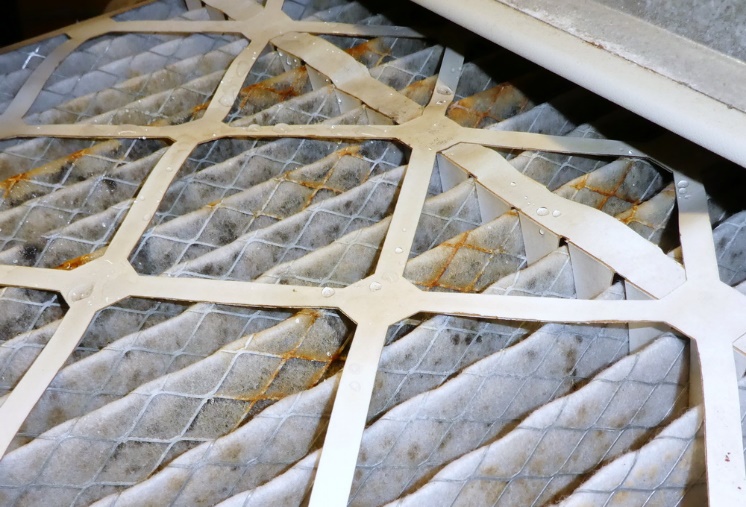
Vacuum out the boots (the spaces behind the supply registers and return grilles) and if necessary clean the registers and grilles of all dust. If the air coming out of the system smells musty, contact a duct-cleaning professional who will also clean the blower and cooling coils as well as clean out the ducts with brushes (and don’t let them spray any fragranced products). If anyone in the household has mold allergies, any soiled exposed internal fibrous lining material should be replaced with closed-cell foam.
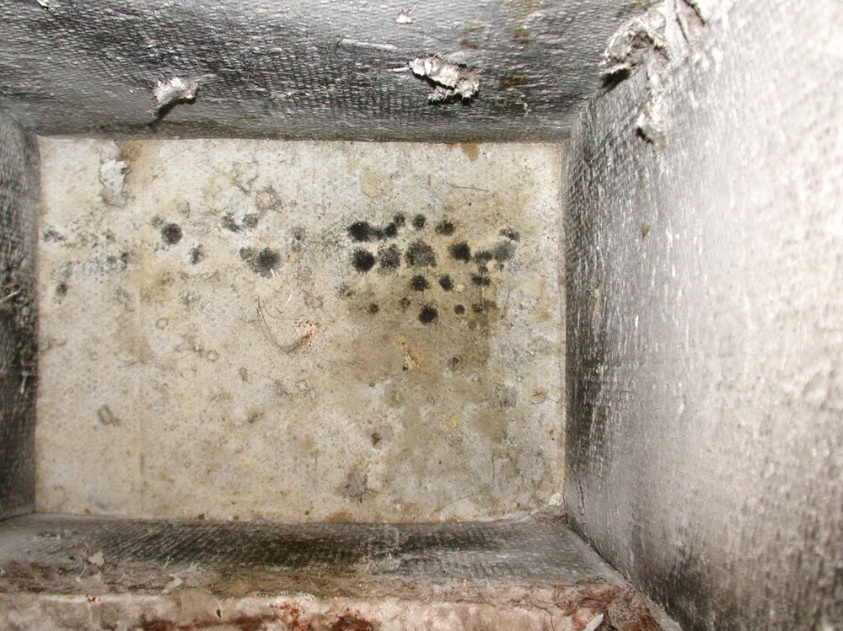
If you use window air conditioners for cooling, inspect the interior (filter, cooling coils, etc. behind the plastic intake grille) and plastic supply louvers; if there are black mold spots, the A/C must be cleaned. If the unit is older and particularly dirty, it is probably easier to replace it than clean it. If you are confident that you can clean the A/C, take it outdoors for cleaning. Remove the cover (lots of screws!) and clean the top and bottom cover surfaces. Encase the motor and electric components (do not get these wet) in aluminum foil and then wet the interior with a gentle spray from a sprayer. Very carefully (to avoid bending the delicate fins) use a soft brush if needed to clean the fins, and rinse. Don’t forget to clean the louvers, and clean the filter as directed. Allow the unit to dry before removing the foil and reattaching the cover.
If there’s room, insert a better filter in front of the nearly useless screen filter. If there’s no room for a better filter, you can augment filtration by completely covering the outside of interior air intake with electrostatic filtering material (www.webbproducts.com) cut to size and taped in place.
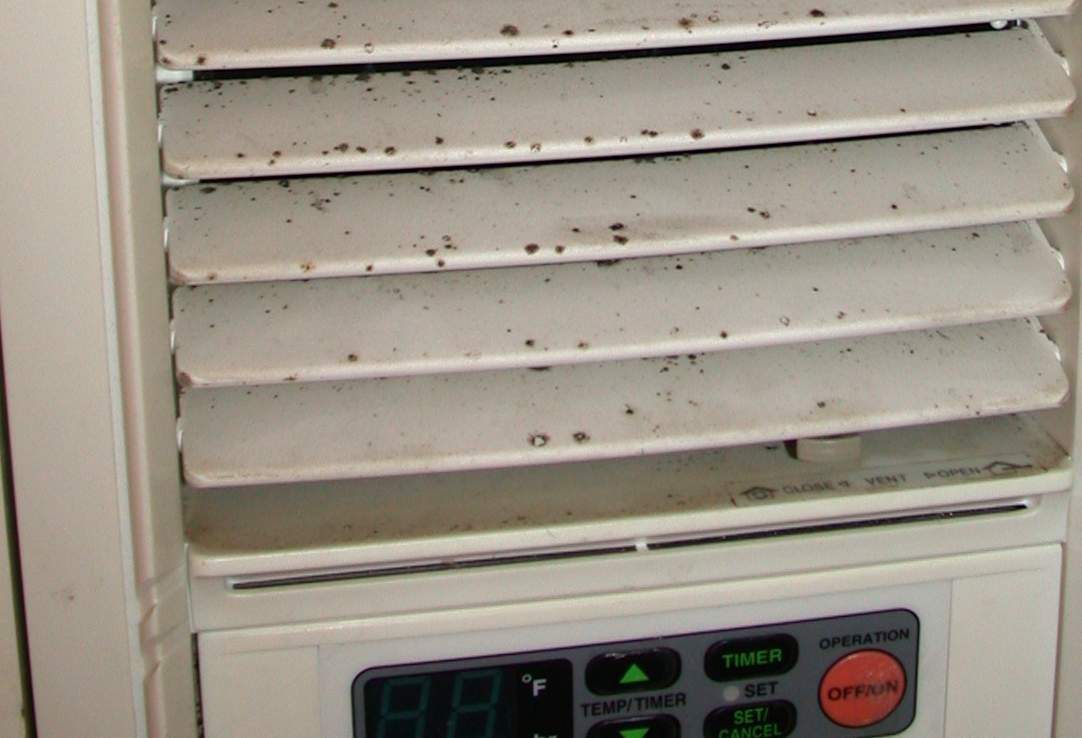
Gas and Oil Fumes
If you smell gas, believe your nose. Your gas stove or gas-fired hot-water heater or boiler may be leaking, even if the gas company tells you that’s not the case. It’s worth investing about two hundred dollars in a TIF8800X leak detector: a much finer instrument than the tools usually used by gas-company technicians. You can always buy the instrument with a neighbor and share it. It’s well worth the investment.
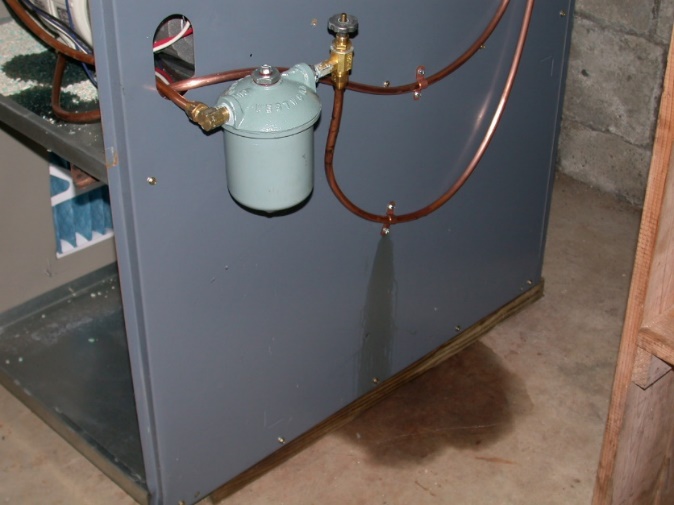
And now’s the time to get that oil leak fixed, because oil fumes can sicken building occupants. Just be sure that anyone who enters your home to do repairs wears a mask and keeps social distance.
Your Home Office
We’ve received some calls from people who have set up office spaces in their basements and aren’t feeling well as a consequence. I don’t advise people to live, much less work, in a basement unless the space has been consistently dehumidified in the summer and, if a finished basement, also heated in the winter from the time of construction. And why? Because below-grade (below-ground) spaces are naturally cool and damp so develop conditions of elevated relative humidity (RH). Some mold species, including allergenic and highly friable Aspergillus mold, can flourish when the RH is over 80%. It’s better to work above grade, even if it’s at your kitchen table.
Furniture
You may be tempted to use your grandfather’s old desk. You know, the desk that’s been sitting in your basement or your parents’ basement for a generation or two. Don’t do it. Family heirlooms, antiques, and used furniture have often been stored in a moldy space like a basement or a barn and so can contain mold growth on the bottom or on the legs. If you don’t have a surface at home you can set up for work, order a card table on line.
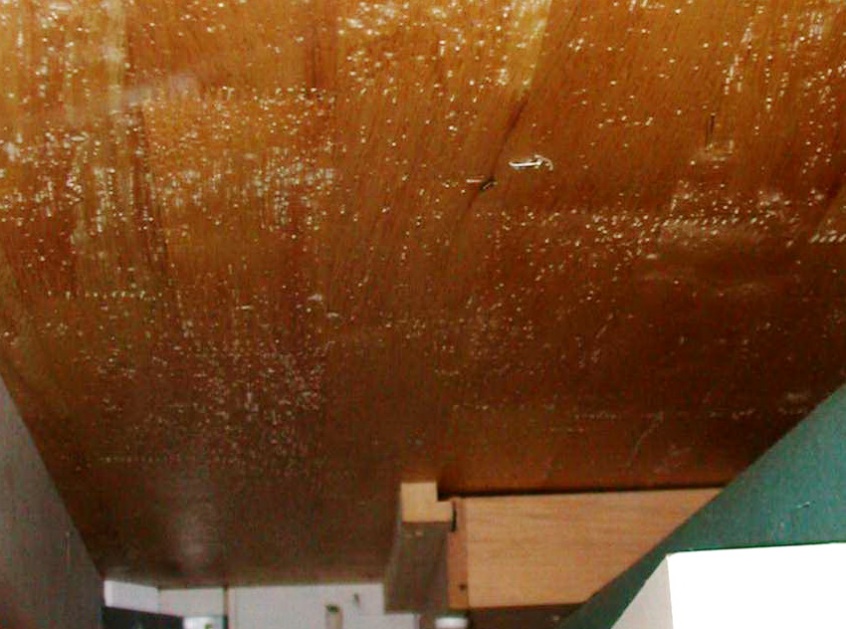
And don’t use that old office chair you’ve been storing in your basement. It, too, can expose you to mold growth.
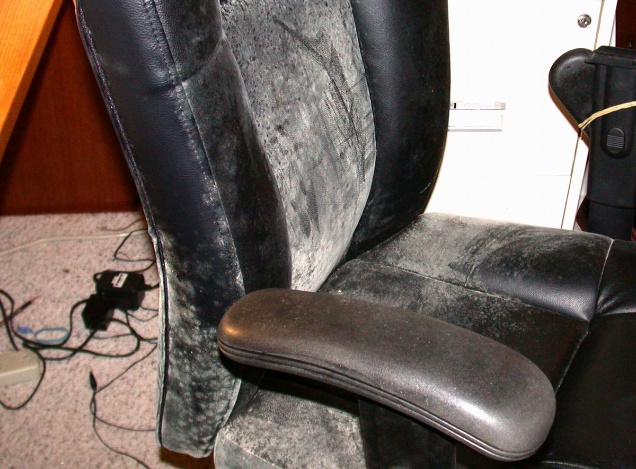
Cleaning
Proper cleaning can kill viruses and bacteria, but cleaning products themselves can also cause indoor air quality problems. First, NEVER mix an ammonia-containing product with a bleach-containing product, because then the highly toxic chloramine gas will be released.
Fragranced cleaning products may smell pleasant, but fragrances add to the chemical load of your indoor air, so it’s better to use un-fragranced products. Use a HEPA vacuum (one with high efficiency particulate filtration) for all household cleaning (www.miele.com) and avoid bagless models. When a bagless vacuum is emptied, dust that you just vacuumed up is aerosolized.
Be sure that your mop and sponges you use for cleaning aren’t contaminated with microbial growth (bacteria, yeast and mold), because then they can spread by-products of that growth (including odors) onto your floors and other surfaces. You can soak sponges and mop heads in a dilute bleach solution (one part bleach to 15 to 18 parts water), a 9% hydrogen peroxide solution (one part “pool shock” to two parts water), or a solution of any appropriate cleaning agent (un-fragranced, please).
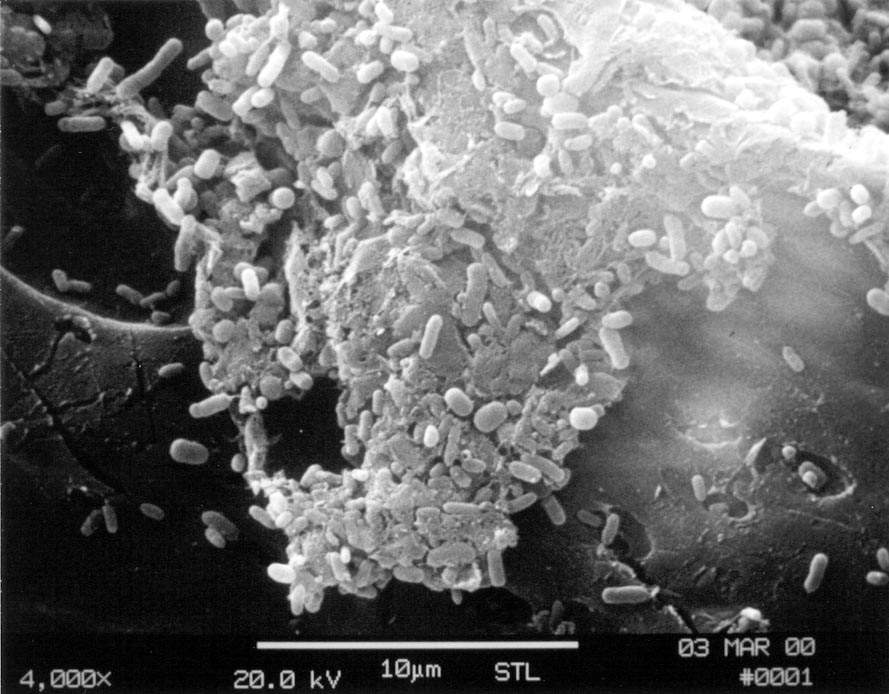
As far as allergies are concerned, “dust is the devil” and can be fodder for microbial growth. Keep surfaces dust-free. If you have dust allergies, it’s best to wear a mask when cleaning.
Lastly, if anyone in your household is sensitized to mold, avoid using a laundry detergent that contains enzymes (also called “stain lifters,” subtilisin, and anything ending in “ase” such as protease, amylase, lipase, or cellulase). These enzymes can be chemically similar to the enzymes that bacteria and molds produce, and unless you wash fabrics in hot water or dry them in a hot dryer, residues of the enzyme remain in the material.
Soot Particles
I know that some people love to burn fragranced jar candles, but these produce soot particles that not only stain walls and ceilings but that are unhealthy to inhale. If you want to burn candles, use the tapered kind. Just don’t place them near airflow such as in front of a window. This will disrupt the flame, which will result in the production of soot particles. And avoid fragranced candles, please!
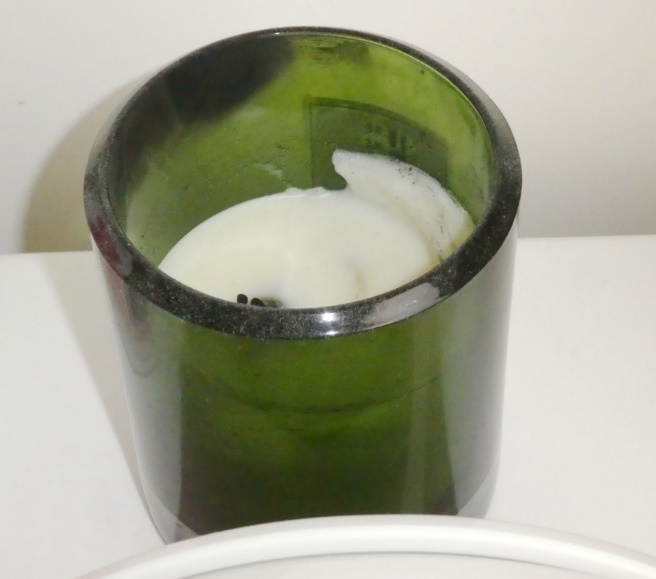
Jeff May is author or co-author of 4 books on indoor air quality published by Johns Hopkins University Press, including The Mold Survival Guide: For Your Home and for Your Health, and My House is Killing Me: A Complete Guide to a Healthier Indoor Environment (Edition 2, available December 2020). A certified Microbial Consultant and Indoor Air Quality Professional, Jeff is Principal Scientist of May Indoor Air Investigations LLC and holds a B.A. in chemistry from Columbia and an M.A. in organic chemistry from Harvard. Connie May is a certified Indoor Air Quality Technician, co-authored three books on indoor air quality with Jeff, and holds a B.A. in English Literature from Tufts and an M.A. in Secondary Education from Boston University.
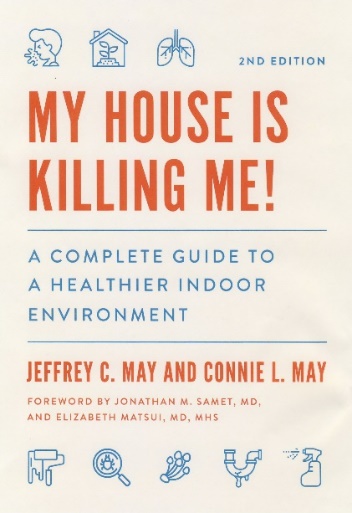
Due to be published in December, 2020 by Johns Hopkins University Press
Available now for preordering: https://jhupbooks.press.jhu.edu/book-search?search_api_views_fulltext=Jeffrey+C.+May&Search=
